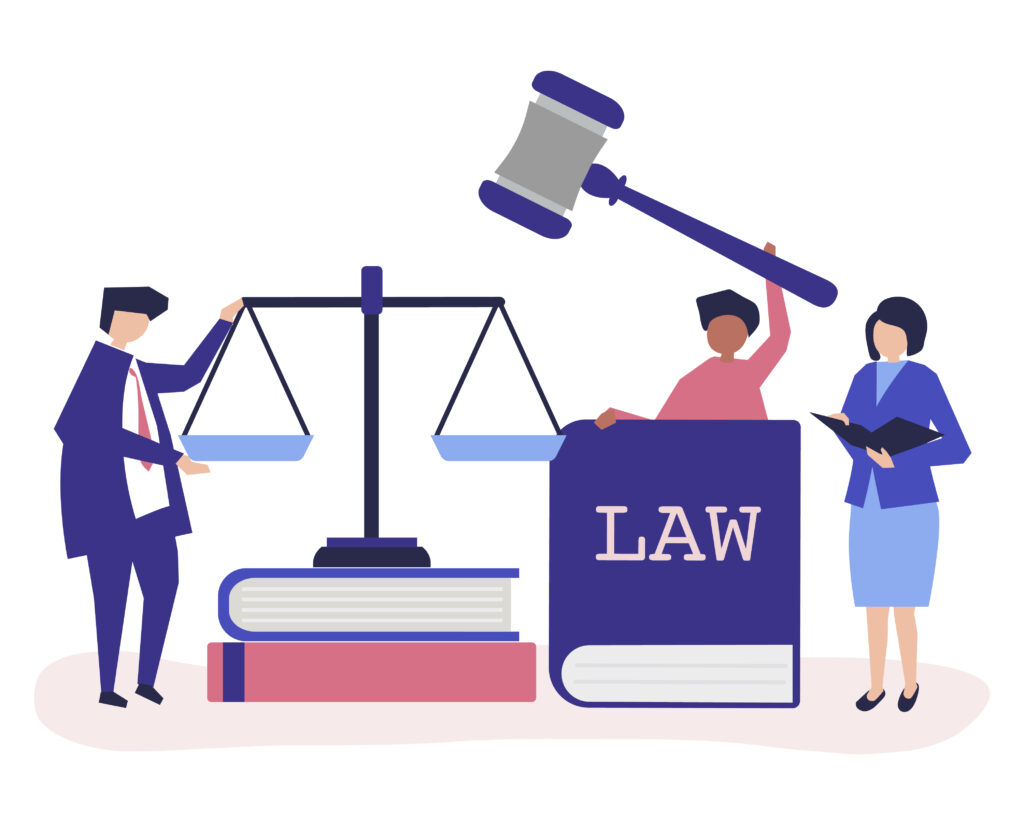
In assessing the competency of two applicants: one with maximal (Avery) and another with typical (Jaime) performance, there are various performance criterion needed to be considered. Ideally, a balance of both applicants would be preferred. However, that is not the case in most hiring situations.
As a business owner, it would be my first choice to hire Jaime. Though their performance ceiling is not nearly as high as their contender, they produce consistent results. This means they show up to work, do their job, and leave for the day. With the right levels of motivation, they may be able to achieve more. Being in a customer facing role, it is crucial to have someone who gives reliable customer service. In a small business environment where resources are scarce, stability is key.
I would hire Avery for a role of a salesperson. There are downtimes and upticks in sales, and we would really need him at 100% to close tougher deals. Innate talent for salespeople includes natural charisma, good public speaking, and ability to grow a network. Business development may have seasonality to it that would appeal to a candidate like Avery. Though he may only get a few sales, they would be sufficient to sustain earnings for the year if they were high impact.
Jaime would be ideal in a retail or fast-food environment. As mentioned above, consistency is crucial when scheduling employees. As a line lead or shift manager, I would need to step in if an employee like Avery called off for the day. But with Jaime’s reliability I could ensure proper coverage. Also, exceptional customer service is a plus, but not required. However, a negative customer service experience can tarnish the reputation of the business.



